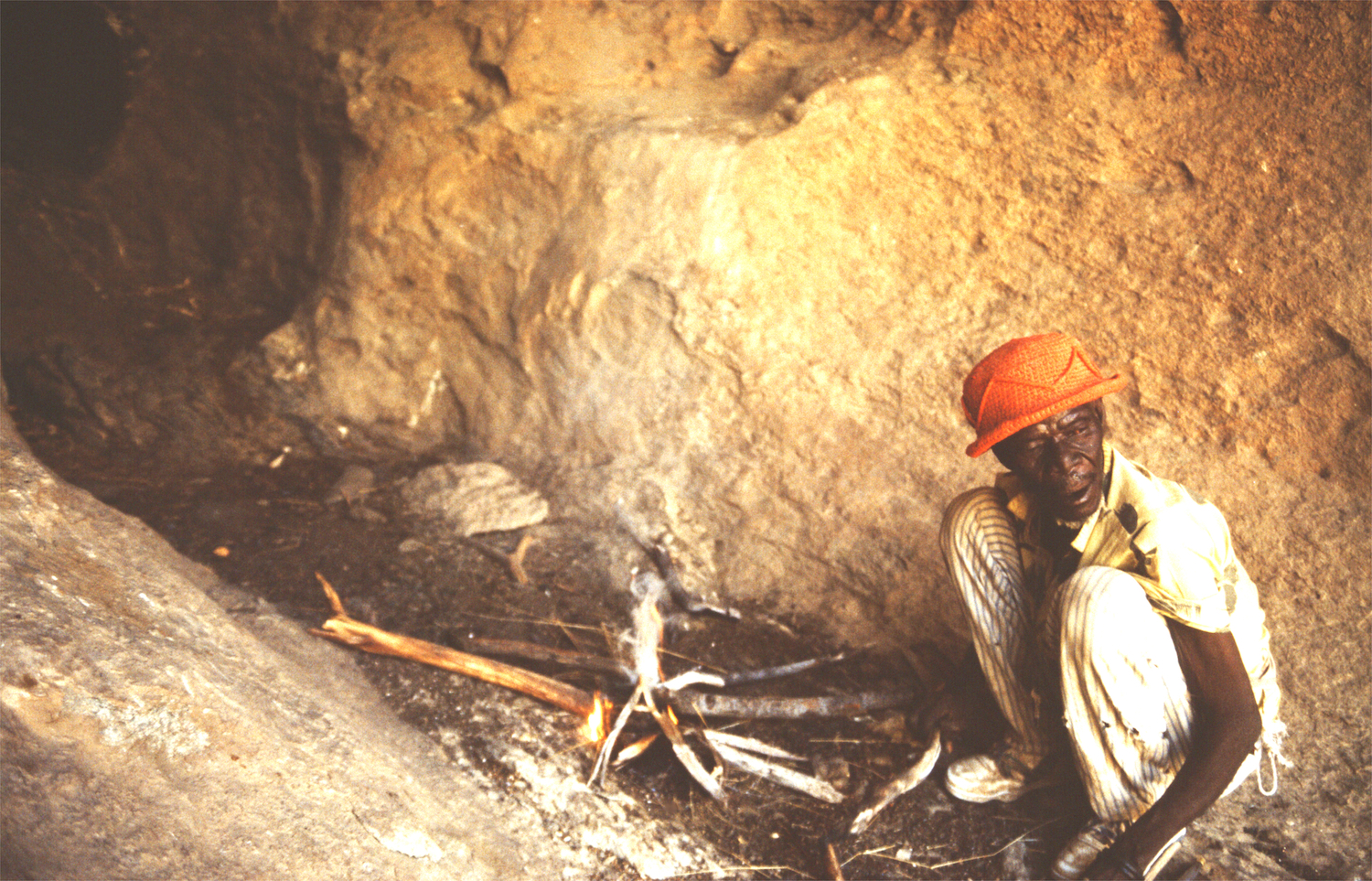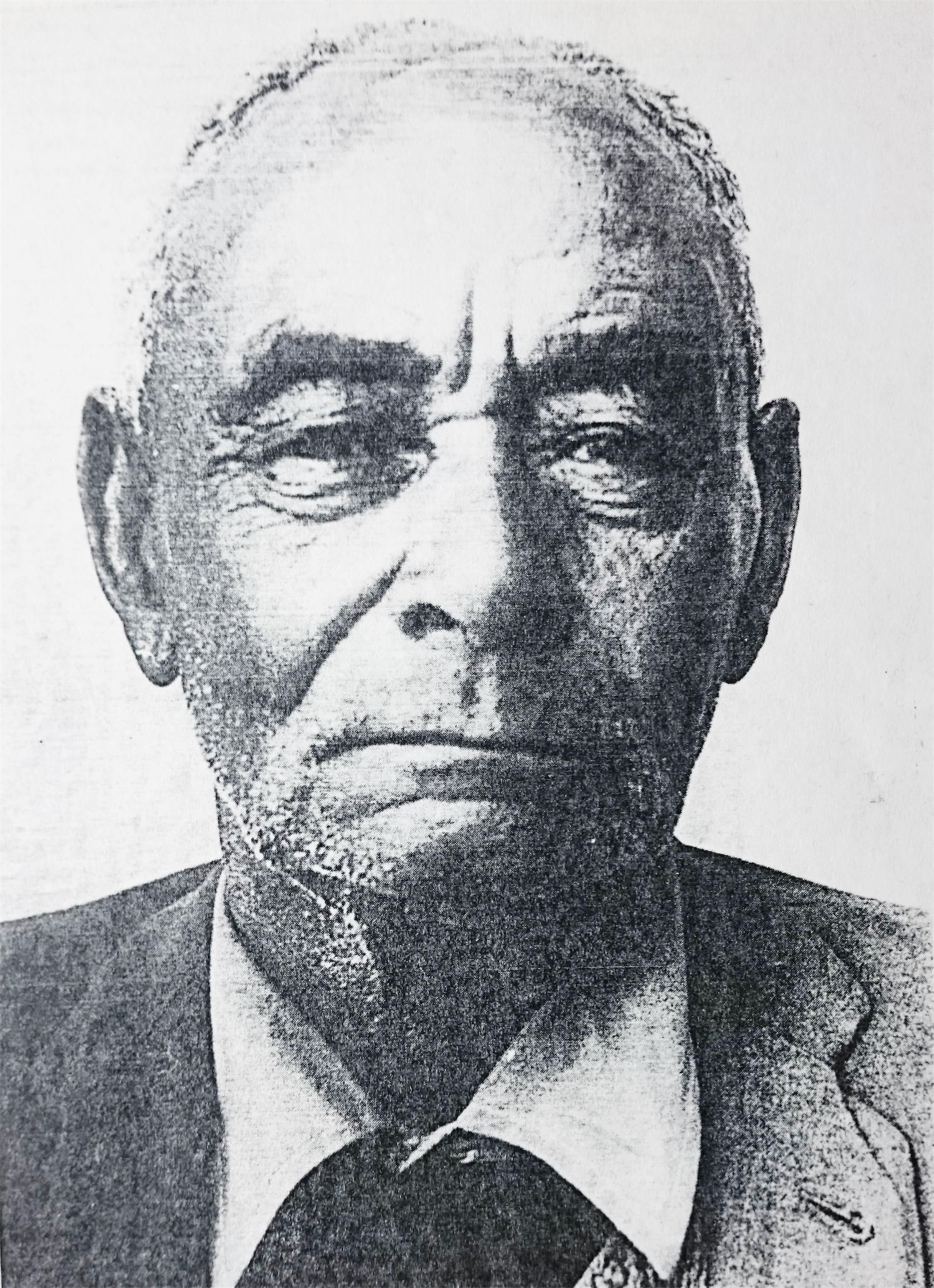When do we listen as we hear?
Can we glimpse history while listening?
In Acoustic Pasts, Echoed Futures, a loose series curating recordings from the Basler Afrika Bibliographien Archives, the reader is invited to listen to historical recordings—speech, song, music, natural sound, or noise—to tease the ear, move the soul or body, and bear witness to the futures of past worlds. The echoes of ‘pastness’ are convergences of the oral, the sense of hearing, and technology. Past aural worlds—compressed and mediated on wax cylinders, magnetic and other tapes or records in mp3 or WAV formats—provide sonic tracks, cracks and soundscapes, voiced anger, scintillating laughter, and raptured dancing.
***
It can seem that recordings, sitting in archives and made decades ago, are past records only. Perhaps destined to remain in the mists of time. And yet, at times it may be possible for such sound archives to reconnect with the present. To come alive again, through their resonance and meanings with contemporary listeners.
This is what happened for us when we travelled together to the Basler Afrika Bibliographien, in Basel, Switzerland, in 2017 to research a set of historical recordings in Khoekhoegowab, one of the oldest indigenous languages of Namibia, and Suro’s mother tongue.
Recorded by German linguists in Namibia between 1953–1954, this collection consists of stories, songs, and historical narratives.
As we listened, unexpected worlds opened up. Suro began to sing along as she listened to the recordings. Melodies and poems we had previously encountered in north-western Namibia suddenly connected with pasts and ancestors known to us.
Viktoria ǁHoeses: “Song of the Bees” and “Song from the Chickens”—recorded and framed in 1954 by German linguist Ernst Dammann. Basler Afrika Bibliographien, TPA.39_36.22. Also at the National Archives of Namibia, A.0916.
***
This recording features Viktoria ǁHoeses, a ǂNūkhoe woman, performing two /gais or praise songs in Omaruru/!Huidi-ǁgams on 2 February 1954. In the first song, her strong vocal melody accompanied by rhythmic clapping speaks somewhat metaphorically of the challenges of harvesting honey (danib) from bees (!habun).
Danis (!Habugu ams)
He, danisa ta ra ǁnae
Hihe, heho…
Daba te so re;
Mûǂan ta go xuige
Hihe…hihe…
Ai, nā te go hō, ai, nā te go.
Iehe…, Iehe…
Ahe, nā te go hō.
!Habu, nā tes go.
He, hieho…
ǁNā te, ta oa re!
Hihehe…hie…
!Habus go nā te
Hie…
Apa te so re!
Hie…Hie…
Aie, nāhe ta go iehe…iehe
Hie…Hie…
Mûbasen re, khoen oado re!
Honey (Song of the bees)
He, I am singing (about) honey
Hihe, heho…
Turn me around;
As I realise that the bees sting
Hihe…hihe…
Ai, that they bite me, ai, they bite me.
Iehe…, Iehe…
Ahe, they bite me.
Bee, you bite me.
He, hieho…
Leave me, I want to go back!
Hihehe…hie…
The bees bite me!
Hie…
Can you carry me!
Hie…Hie…
Aie, I was bitten…iehe…iehe
Hie…Hie…
Be careful, children of the people!
Unfortunately, there is no confirmed image of Viktoria ǁHoeses in the historical archive. Nonetheless, the praise-song she sings, whose rhythmically syncopated musical form is known as /gais, remains remembered today. This situation illustrates the cross-generational weave of connections that can echo into the contemporary moment.
When we first listened to this song it reminded us of being taken honey-harvesting in 1995 by the late Nathan ǂÛina Taurob of Sesfontein/!Nani-|aus. As he lit a fire to calm the bees, they began to hum loudly inside the mountain cave where their hive was located, creating a visceral experience of the mountain being alive with bees. These reconnections and experiences had a lasting impact on us.

***
Which futures do we envisage for which pasts, and for whom?
We began to reflect on ways of reconnecting Viktoria ǁHoeses’ powerful praise of bees with present and wide-ranging audiences in Namibia and beyond. As such we explored artistic avenues. The result is a vibrant new track—“A Bee Song”—which we launched as a single with an accompanying video in 2024.
This is a recomposition of her song, arising through a collaboration between musician and composer Banco de Gaia/Toby Marks and the Future Pasts Project led by Sian and incorporating the very close research association with Suro. The Nami-Daman Traditional Authority endorsed our approach and the new song fully. The video accompanying the reworked song draws on footage from our oral history film work in north-west Namibia. The film evokes the nexus of relationalities between Damara/ǂNūkhoe landscapes from which families were progressively removed during colonial and apartheid times, and praise songs that in this case specifically celebrate bees (!habun).
These honey harvesting practices were once deeply embedded in Damara/ǂNūkhoe culture. Sadly, they are in decline as the skilled, elderly harvesters pass on, combined with the loss of lands they were once able to access.
And yet, Viktoria ǁHoeses’ song praising the work of bees, was recognised again by Jacobus ǁHoëb, Sesfontein’s ‘King of the /Gais’, some seven decades after its recording.
***
An amazing thing happened as Suro listened to the second song sung by Viktoria ǁHoeses in Basel. With her headphones on, she started to sing along to the song. She knew this song intimately. Her grandfather Otto Ganuseb was well-known for singing this same song. Named after his German father who was based at the Sesfontein Fort built during the German colonial administration, but whose mother was a ǂNūkhoe woman called ǁHūri |Awises, Suro grew up in Sesfontein/!Nani-|aus hearing her grandfather singing this song. Her encounter with it in Switzerland was moving.

***
Clearly, recordings made decades ago may continue to resonate in the present. At the same time, many people connected with these recordings and their contexts are unable to access archives, even though in this case the National Archives of Namibia in Windhoek also hold these same sound recordings.
Possibilities for sensitive reconnections remain, it seems, limited even as recompositions and re-situated performances are encouraged.
Welhemina Suro Ganuses works as an administrator for the Namibian NGO Save the Rhino Trus, in north-west Namibia. She is also a councillor for the Nami-Daman Traditional Authority.
Sian Sullivan is professor of Environment and Culture at Bath Spa University in the United Kingdom and a research associate at Gobabeb Namib Research Institute in Namibia. She has recently led two research projects in Namibia: Future Pasts and Etosha-Kunene Histories.
Ganuses and Sullivan have worked and published together since first meeting in Sesfontein/!Nani-|aus in 1994.
***
The Basler Afrika Bibliographien (BAB)—Namibia Resource Centre & Southern Africa Library in Switzerland is the largest Namibia documentation centre outside Namibia. Its vast library and archive holdings are mainly used by scholars working on Namibian historical topics, with its website providing information ranging from catalogues, books, comics, posters, manuscripts, photographs, and audio-visual recordings. The series Acoustic Pasts, Echoed Futures is curated by BAB’ s Dag Henrichsen and Doek!.